Nokia 3.1 ReviewFor individuals who prefer to pay little and get the maximum Nokia 3.1 is the ideal choice. It is the ideal mobile with basic functions at an affordable cost. The Nokia 3.1 doesn't have the most advanced features, but it boasts a long-aspect display that makes a phone seem modern even if its specs aren't cutting edge. 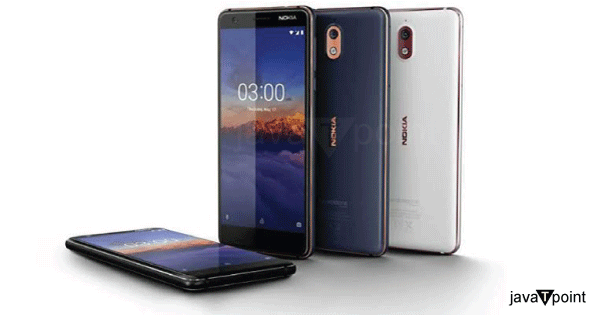
As is common for low-cost phones, the Nokia 3.1 makes compromises when it comes to sophisticated processing power, storage capacity, and battery life. The more sophisticated Android 8.0 operating system (with two years of guaranteed OS upgrades) and one of the most remarkable cameras in this price range are included. It also has a screen ratio ideal for movies (18:9). It is a more desired entry-level phone and a particularly suitable beginner phone, thanks to these qualities. Their primary rivals are the Motorola Moto G6 Play, the Honor 7C, and the Gigaset GS185. There are other formerly more costly phones in this price category, such as the previous year's Samsung Galaxy J5 (2017). Key Features
For someone who wishes to purchase their phone outright, the Nokia 3.1 appears to be in a good position. It is $159, �149.99, or $248 AUD. One of its main competitors is the Moto G7 Play. Spoiler alert: the Moto is superior. The Nokia 3.1 has the bare minimum of features. The device has a single camera on the front and back with a budget MediaTek CPU. The front camera is 8MP, while the 13MP primary camera is budget-friendly. These all look like excellent decisions. The Nokia 3.1's 16GB of storage only offers a little app capacity, but it is evident that this device is not for enthusiasts. 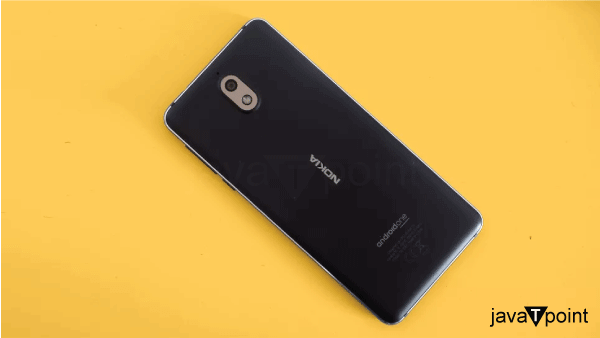
One of the primary advantages of the Nokia 3.1 is its small size. This one is one of the few Android phones whose size is equivalent to the iPhone 8-despite having broader surroundings than some-. There are also some lovely surface-level details. Nokia 3.1 has a distinctive front-on aesthetic individuality thanks to beveled metal. Cheap phones do not automatically have this. The 5.2-inch screen's specifications could be more impressive, but the visual quality is. The Nokia 3.1 makes perfect sense on paper, but there needs to be a positive experience in practice. Design
Nokia was formerly thought of as the company that popularized plastic. Even though they merely resembled blocks of plastic, their cheerfully colored plastic phones were instantly identifiable. The Nokia line, owned by HMD Global, has employed beveled metal in recent years to achieve a unique design. Aluminum is used for the Nokia 3.1's sides. They are predominantly black. However, HMD Global chamfers the edges to highlight the front and back of the phone in brilliant silver. In addition to avoiding the "brick of black" appearance found in the majority of entry-level phones, it's a terrific method to promote the usage of metal. 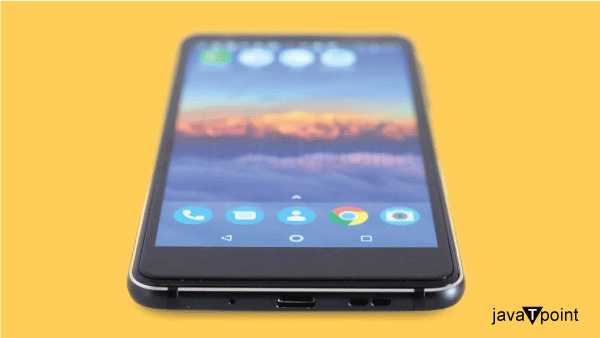
There are many other creative details. The Gorilla Glass front of the Nokia 3.1 has a 2.5D edge that is slightly curved. Between the glass and the metal, a thin plastic border that is slightly rounded continues the curvature. Well, until you pay close attention. The rear of the phone is made of plastic with a soft-touch surface. Straight on, this phone appears inexpensive, but the silvery glimmer adds appeal. However, other than that, the Nokia 3.1 is quite simple. There is no fingerprint scanner, and the charging port is an old micro USB. It's a very different phone that is significantly bigger. Though the most irksome restriction is storage, there's a strong probability that individuals switching to a Nokia 3.1 have never had a phone having a fingerprint scanner. Screen
The Nokia 3.1 has several significant flaws, but one is not the display's visual quality. Although it only measures 5.2 inches, its IPS LCD screen still has an 18:9 aspect ratio and boasts crisp edges and a sizable surround. It appears 'current.' The resolution is 720 x 1440, far less than Full HD. The smaller screen of the Nokia 3.1 makes up for the lesser pixel density, though, which is not a problem. The top brightness is excellent, the contrast is strong, and the color vibrancy is moderate. The Nokia 3.1 and other phones show that there is little to say about most mobile screens. They are all generally decent, with a few exceptions that aren't as sharp as they should be for their price. 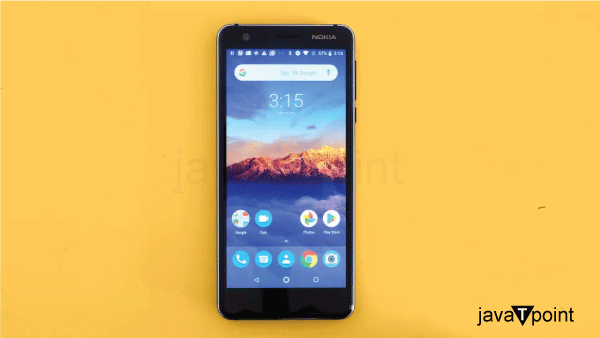
But there is a problem. The auto brightness mode on the Nokia 3.1 is subpar. When dealing with sunny days, this should make the screen brighter, and when you return indoors, it should become darker. When you walk outdoors to snap some pictures, it frequently just doesn't function, leaving you with an almost unnoticeable image preview. Manual repair is possible, but you'll need to turn it back down after returning home. The purpose of auto brightness is to prevent just this. Battery Life
The Nokia 3.1's 2,990mAh battery is a respectable size for a device with a 5.2-inch 720p screen. Significantly bigger phones can function with essentially no more space. The Nokia 3.1 performs admirably in our benchmark video test, which involves playing a 90-minute, 720p film at full brightness. 14% less fee is a fantastic achievement. However, the phone loses battery more quickly than others when performing more demanding tasks. For instance, a 40-minute GPS-tracked run significantly reduced the battery's capacity. Additionally, browsing over 4G depletes the Nokia 3.1 faster than most. If you go out in the early evening with only a 50% charge, it can be dead before you return home if you browse excessively. Limiting your social network usage to the occasional check, you should be fine getting through the day. The battery technology of the Nokia 3.1 is likewise obsolete. The smell of mustiness in micro USB charging is getting worse, and the charger is just a 5W plug in addition to being slow. That being said, the Moto G7 Play is as well. Even if you want to charge overnight, a simple 15-minute recharge will only get you a little. Camera
The camera setup on the Nokia 3.1 is simple. A single 8MP front-facing camera and a single 13MP rear camera are included. The Nokia 3.1 can capture lovely images if you have the correct time and use the appropriate settings. However, for several reasons, this camera is still unquestionably terrible. The camera must first initialize, which often takes several seconds. You are made to wait. And if the moment hasn't already gone by the time it awakens, you could at least notice a waning of your patience, as the preview image shows. The performance of focusing could be better. You frequently get a blurry photograph since the Nokia 3.1 won't focus correctly. Focusing is sluggish even when it decides to function. 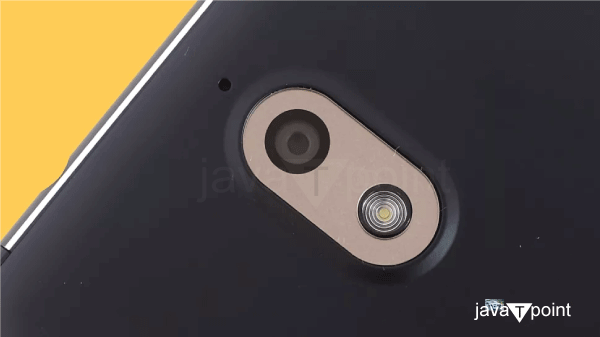
Dynamic range is inadequate while taking ordinary pictures. When you activate HDR mode, this is entirely reversed. The Nokia 3.1 offers outstanding software-based dynamic range improvement, much like other modern phones. HDR pictures take forever to take, though. There is no Auto HDR setting, and using HDR will always get the best results. It's not enjoyable to shoot with the Nokia 3.1. It could be more active, the screen brightness must be manually increased to ensure you can see what you are capturing, and the focus could be more predictable. However, the Nokia 3.1 can still take gorgeous HDR pictures with time and a steady hand. Behind-the-scenes software enhances all the shadow detail, which would otherwise seem nearly black in a typical shot. 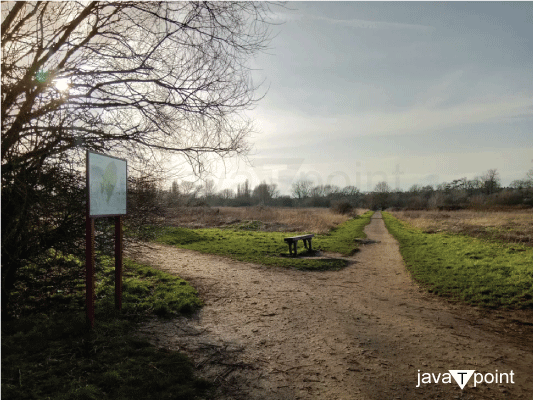
However, nighttime photos could be better. Extreme grain and scant detail indicate a low-end sensor and that image processing software has yet to do much to improve these pictures. Pure white dots can represent uncorrected sensor pixel defects because they are abundant in some of our darkest photographs. Both the back camera and the selfie camera on the Nokia 3.1 can record videos at a maximum resolution of 720p or 1080p, respectively, without software stabilization to improve the smoothness of your movie. This camera is under-optimized. Selfies are also low-quality; the images need more fine detail and dull colors. Software
A phone running Android One is the Nokia 3.1. Manufacturers participate in this initiative, a contract between Google and the manufacturer, allowing their phones to run a nearly stock version of Android without bloat. This bundle includes a two-year software update warranty and a three-year security update warranty. The clock on these begins to run when the phone is released, in this example, May 2018 for the Nokia 3.1, not when you purchase it. The most prominent supporter of Android One is HMD Global (the company that makes contemporary Nokia phones), and it's often a terrific way to use Android. The software has a very similar appearance to a Google Pixel phone. However, the Nokia 3.1 is considerably less expensive than the Pixel 3. Other than an FM radio, the Nokia 3.1 is sent with the entire essential Google suite loaded. But some things could be improved. Instead of the latest Android version, the Nokia 3.1 uses Android 8.1. Part of Android One's appeal would be timely upgrades. This phone demonstrates that isn't the case. But the main issue is performance. The Nokia 3.1 is an incredibly sluggish phone. Almost all actions are impacted by latency. You can easily navigate the Android UI on phones like the Vodafone Smart X9 and Moto G7 Play. The Nokia 3.1 gives the impression that you must scroll through each screen. The Nokia 3.1 is unfun since app loading is frequently endless. There is also no justification for this relating to cost. It is simply too expensive to pay $159 / �149.99 / AU$248 for this headache-inducing experience. Movies and Games
After all that, there is a tiny bit of good news. The Nokia 3.1 is capable of handling streaming video and most games despite the dismal overall performance. While watching movies or even full-length TV programs on a 5.2-inch screen may seem cramped, 720p streaming video looks fantastic. Although the internal speaker has a poor sound quality, you may still use headphones or earbuds because of a headphone connector. 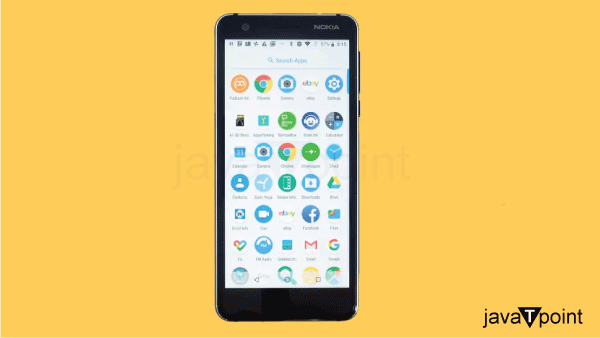
Results from somewhat expensive games are also good. When playing at High Graphics, Asphalt 8 may not maintain a constant, smooth 30 frames per second, but it is still playable and pleasant. Only Low graphics, which is typical for budget phones like the Nokia 3.1, will allow PUBG to operate. With the occasional frame rate decrease, it functions rather enough. This is likely a result of the phone's current lack of support for the Vulkan graphics standard. When the Nokia 3.1 is updated to Android 9, this could change, but it might not because the game also "requires" 3GB of RAM. The Nokia 3.1 performs better in games than it does in regular use. Even with just 16GB of storage, more than half of which is occupied by Android, this phone still needs to be a better choice for gamers. The Nokia 3.1 also appears to have data creep, in which data released by uninstalling programs appears to be quickly sucked up in the background. With 16GB, you could once install a few data-intensive games, but the Nokia 3.1 won't let you install one without displaying the "low storage" warning. Performance
The Nokia 3.1's deficient performance can be primarily attributed to a few key specifications. The phone we are examining includes a MediaTek MT6750 CPU and 2GB of RAM, much like earlier versions. A few phones with outdated MediaTek hardware have come into our path in the past year, including the Honor 7S. This is merely one more instance. 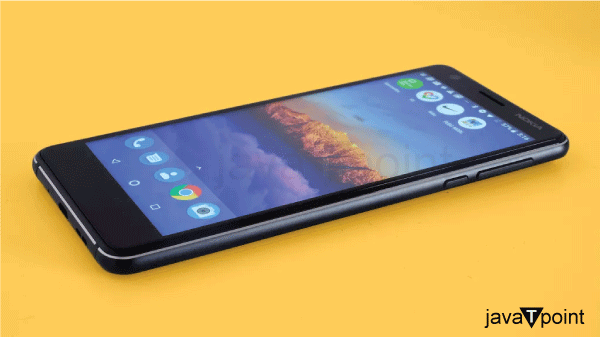
Eight Cortex-A53 CPU cores and a dual-core Mali-T860 graphics processor make up the octa-core MT6750 chipset. Many low-cost phones, especially those made by Chinese manufacturers like Meizu and Doogee, utilize this technology introduced in the middle of 2016. It should have plenty of power on paper to enable the Nokia 3.1 to function acceptably. Scores from Geekbench 4 also support this. Two thousand six hundred twenty-five points are awarded to the Nokia 3.1. This is comparable to the great Moto G6 Play score from 2018 but far lower than the Moto G7 Play's 4,200 points. Final VerdictThe Nokia 3.1 is the type of phone you would produce if you write out a design specification, ship it to a Chinese contract manufacturer, then stock store shelves straight from the manufacturing line. Although the specifications won't dazzle anyone, they appear reasonable for the price, and the device looks adequate. 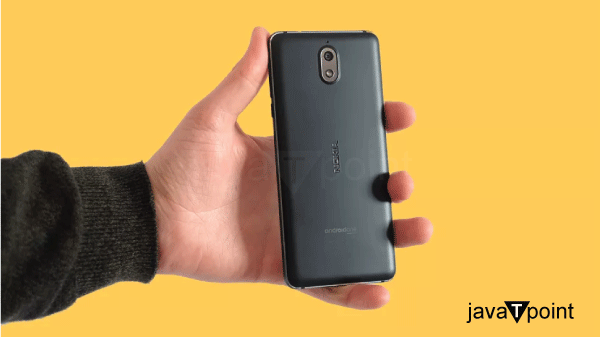
Reality does not support it. With the exception of games, the Nokia 3.1 performs poorly in practically every area. Furthermore, with only 16GB of storage left, it now hardly appears possible to install WhatsApp, ruining its chances of being a successful gaming phone. The Nokia 3.1 is for those who buy phones SIM-free, are habitual phone breakers and would prefer to pay a few dollars or pounds each month for a phone contract than fifty. If HMD Global doesn't significantly enhance the performance of the Nokia 3.1, we can't endorse the device-even if you can get it for a significant discount from its initial pricing. The latency is what we would expect from a low priced phone (and not the expensive ones) making it bit difficult to operate.
Next TopicOnePlus Nord CE 3 Lite 5G Review
|
 For Videos Join Our Youtube Channel: Join Now
For Videos Join Our Youtube Channel: Join Now
Feedback
- Send your Feedback to [email protected]
Help Others, Please Share









